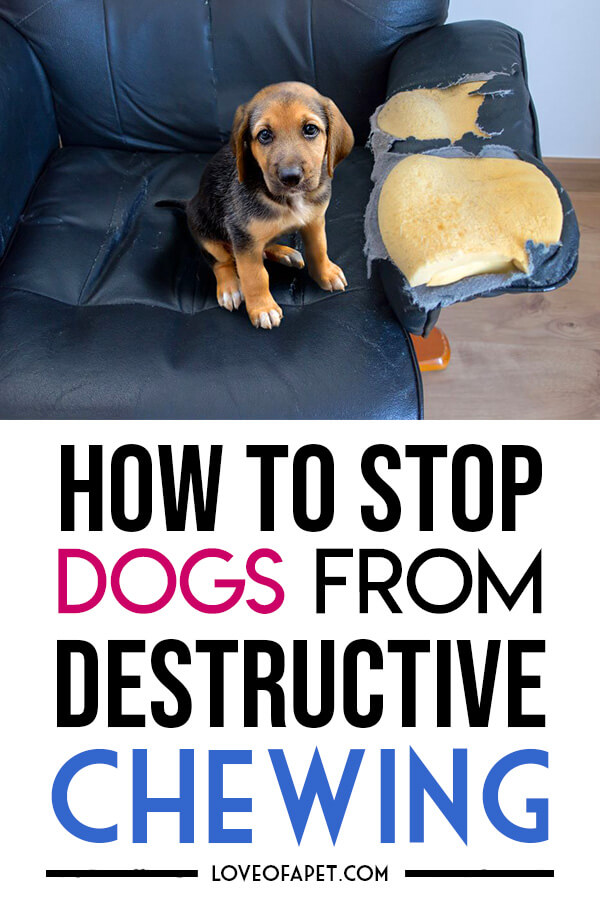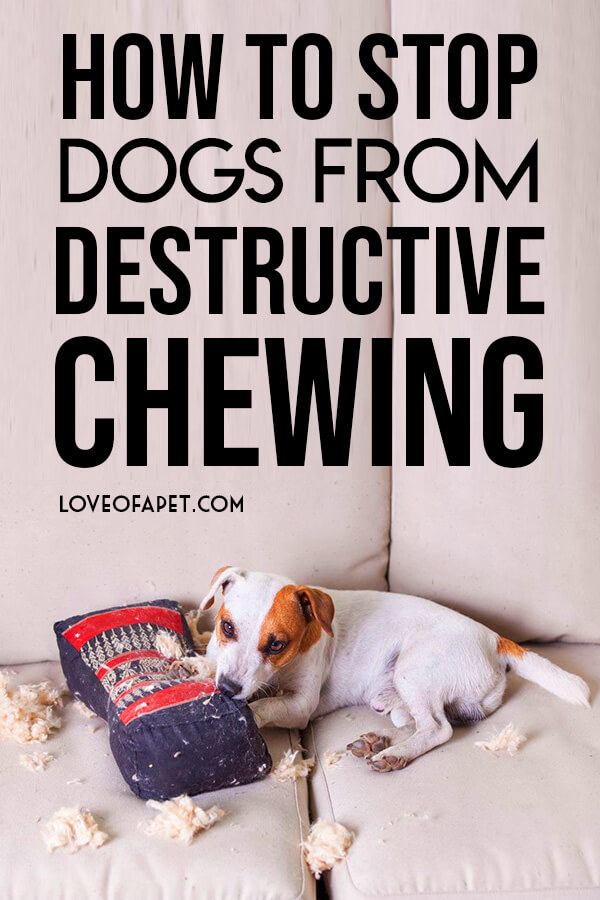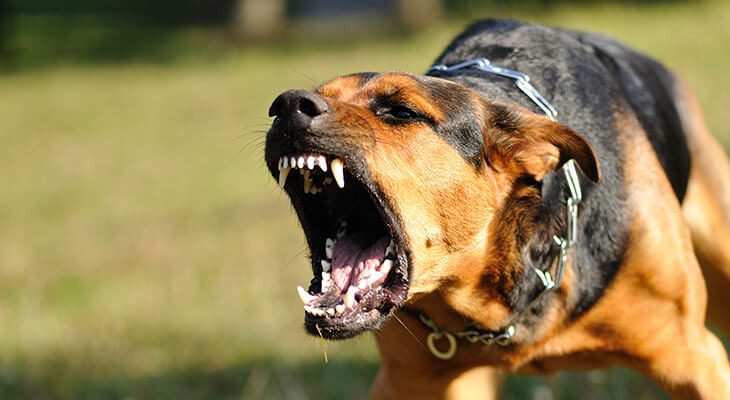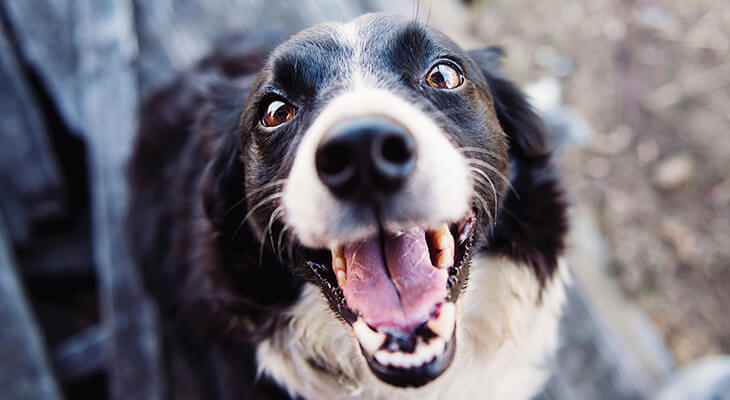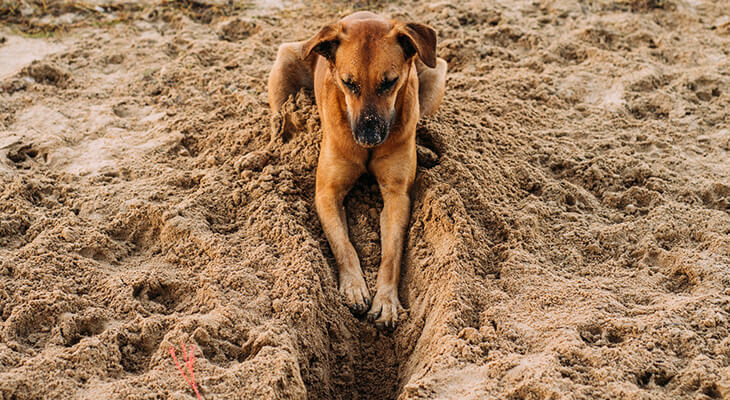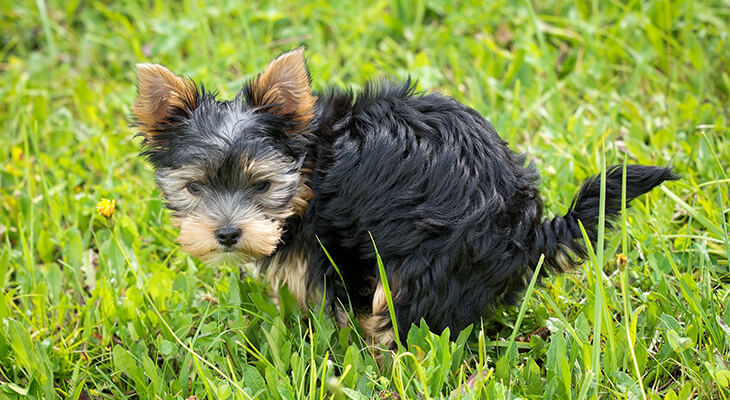There comes a time in every dog owner’s day when they find some damage done to their belongings by their favorite babies, the dog. Dog’s have a great vision and smelling sense which they put to use very wisely, but at times they take chewing on everything as a way to explore newer things. This is why they chew on everything around them when left alone.
This behavior is common in most of the dogs, which is why there are items made solely for this purpose. With such toys the dogs and the owners are not at risk of losing anything. With time you can also help your dog understand what they can chew and what they can’t. Till that time you have to take on the responsibility of not letting your dog turn into a brat.
Contents
Understanding the Dog
We have seen infants trying to explore everything around them by putting every object in mouth and chewing on them. Puppies are no different. They also teeth like babies for almost six months which causes a lot of discomfort and itching. Chewing on hard surfaces makes teething easier and relaxes the sore gums.
When the puppies grow up, they may continue the same behavior for different reasons. Therefore dealing with the destructive chewing required you to first understand what causes this behavior. Understand that they are not doing this to anger you. These are some of the common reasons for destructive chewing:
- They do not know what can be chewed on and what they shouldn’t.
- They are simply bored.
- Separation anxiety can trigger this behavior.
- They may fear something.
- Just craving for your attention.
If you think the reason is fear-related or separation anxiety, then you will need professional help to tackle the situation.
11 Tips to Stop Destructive Chewing in Dogs
1. Keep your belongings safely: If you do not want your dog to chew on your belongings, then do not make them available. Keep everything including your clothes, books, shoes, glasses, food, and even trash far away from them.
2. Invest in their toys that can be easily distinguished from other items: Some people offer old shoes or socks as toys, this will lead the dog in thinking that every shoe and socks are to chew on.
3. Keep an eye on the dog till they understand your rules: You can also keep the dog under supervision so that they don’t spoil something when you are not around. When you cannot watch them, limit them to a room that is safe and dog-proof. Be sure to keep water and toys in the room. Smaller dogs can also be crate trained which is useful for a shorter period of time.
4. Spend time with your dog: Dogs are good and quick learners. If you leave them alone in the backyard, they will not learn anything, but when they spend time with you they will understand what is appropriate and what is not.
5. Plenty of exercises is the key: If the dog gets bored all day, they will take up such behavior to stay entertained. Since you will not like their ways of amusement, it is best to keep them busy with something. Both physical and mental workouts can tire your dog and leave no energy for doing undesirable things. Every dog must exercise depending on their age, breed, and health.
In spite of doing this, if you find the dog doing anything inappropriate, then interrupt them in a loud voice. Give them a chewable toy and when they use the toy praise them. This will let them know that they are doing something right.
6. Invest in dog toys: Use a lot of toys in their routine. This will build a connection and obsession with the toys. Feed them using a toy so they can relate to them.
7. Teething is painful: Make teething a calming phase by loving them and offering as much help as you can. Use a cold washcloth to soothe the gums. You can do this by freezing a washcloth that is wet. Be careful so that they do not swallow anything.
8. Coat the furniture: There are taste deterrents available in the market that can be coated on furniture to make them unappealing. Use them to discourage your dog to chew on them. Few dogs still chew on coated furniture despite its taste. You may also want to reapply the deterrents so that they remain effective.
9. Offer treats to the dog: Every time your dog puts an item in the mouth that is not acceptable, offer them a treat in return for the item. Once he understands the reason for the treat, start using the command Give along with it. They will associate the command with the action and then you can remove the treats from the scenario.
10. Chasing them around is not the answer: If the dog grabs something and runs away do not chase them around. They will enjoy this and continue doing it. Instead, ask them to come to you or treat them.
11. Be realistic: There may be times when the dog has chewed up on something important. Do not show anger and give the dog some time to understand your rules. Take the necessary precautions from your end. Animals especially dog are good at understanding your emotions. They need to be punished at the exact moment when they did something incorrectly. Punishing them for something they did an hour ago will not make sense to them.
Your dog will learn eventually with your patience and love. Do not rush into things and expect them to understand everything right away. When you be stern with them, they will show signs of submission. After a couple of times, they will learn what is inappropriate and stop doing it altogether.
